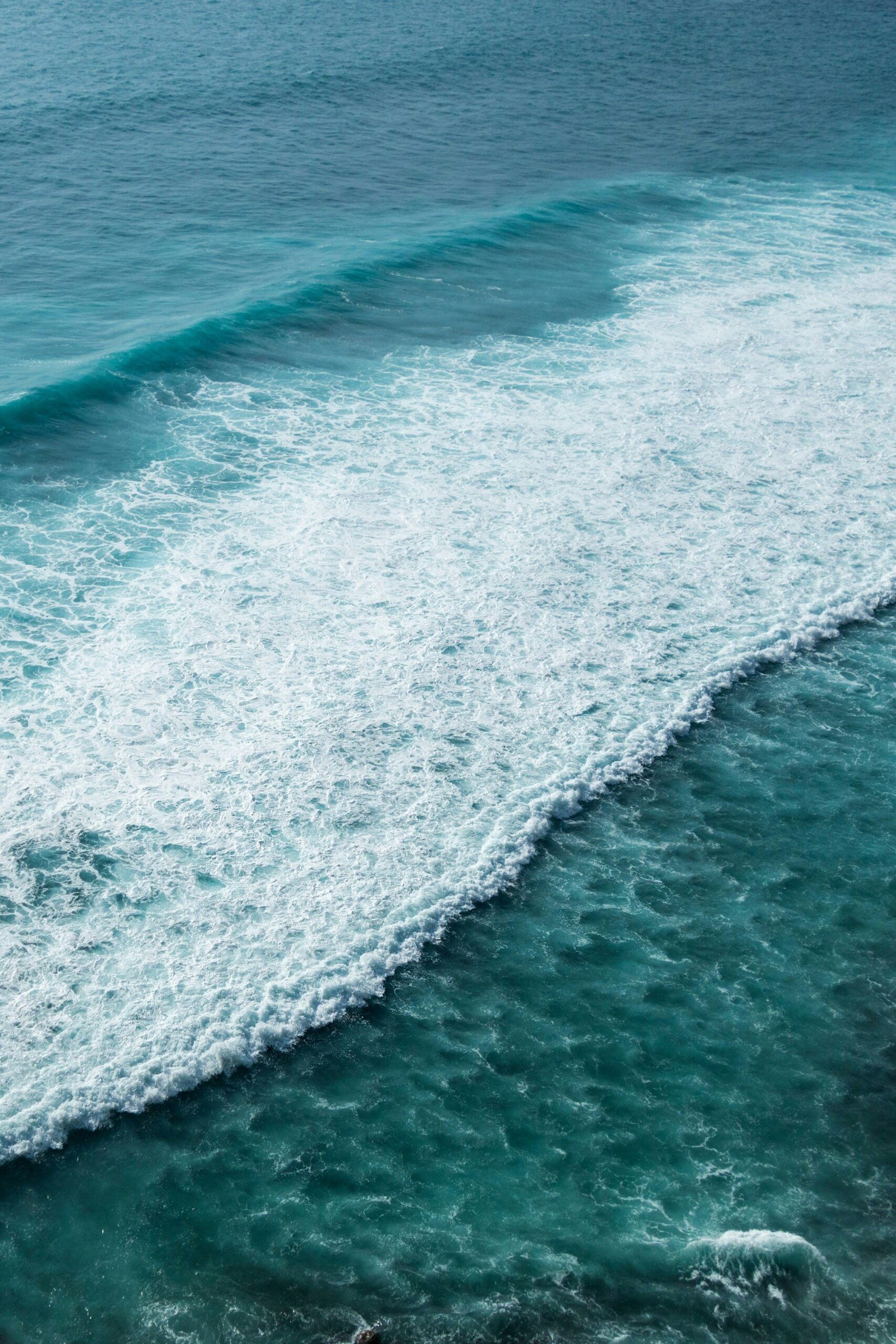Reef Breaks: The Jewel of the Ocean and the Surfer’s Challenge
In the world of surfing, not all waves are created equal. Some peel perfectly along the shore, while others crash chaotically in open water. Among the many types of surf breaks, reef breaks stand out as some of the most prized and challenging destinations for surfers worldwide. But what exactly makes reef breaks unique, and how do they compare to other surf breaks like beach breaks and point breaks?
What Is a Reef Break?
A reef break is a type of surf break where waves form and break over a submerged reef, often made of coral or rock. These reefs create distinct underwater topography, which shapes the incoming swell into predictable and often world-class waves. Reef breaks can occur near the shore or far out in the ocean, accessible only by boat or a long paddle.
The Magic of Reef Breaks: What Makes Them Unique
- Perfect Wave Shapes
Reef breaks are known for producing some of the most perfectly shaped waves in the world. The consistent contour of the reef creates waves that break with precision, offering clean barrels, long rides, and steep faces that surfers dream of. - Consistency
Unlike beach breaks, where shifting sandbars can lead to unpredictable wave patterns, the structure of a reef remains relatively constant over time. This consistency allows surfers to anticipate the wave’s behavior and perfect their timing. - Barreling Potential
Many of the world’s most famous barrels, such as those at Teahupo’o in Tahiti or Pipeline in Hawai‘i, are formed over reef breaks. The abrupt rise of the reef forces the wave to break quickly and powerfully, creating hollow, tubular waves ideal for barrel riding. - Challenging and Rewarding
Reef breaks are not for the faint-hearted. The waves can be fast, heavy, and unforgiving. Coupled with the sharp reef below, they demand skill, experience, and respect. However, the reward—riding some of the best waves on the planet—is worth the challenge for those who dare.
Reef Breaks vs. Other Surf Breaks
To understand what sets reef breaks apart, let’s compare them to other types of surf breaks:
- Beach Breaks
- Formed by waves breaking over sandy bottoms.
- Waves are less predictable because sandbars shift due to tides and currents.
- Generally safer than reef breaks but can close out more frequently.
- Ideal for beginners due to their softer, less powerful waves.
- Point Breaks
- Waves break along a headland or rocky point.
- Offer long, peeling rides that are more predictable than beach breaks.
- Often considered the perfect middle ground between reef and beach breaks.
- Reef Breaks
- Formed over rock or coral reefs.
- Produce consistent, powerful, and often hollow waves.
- Can be dangerous due to shallow reefs and sharp surfaces.
- Best suited for experienced surfers seeking high-performance waves.
The Dangers of Reef Breaks
While reef breaks are the stuff of surfing legends, they come with significant risks.
- Shallow and Sharp Reefs
Many reef breaks are shallow, with only a few feet of water separating surfers from jagged coral or rock. A wipeout in these conditions can lead to serious injuries. - Powerful Waves
The waves at reef breaks are often heavier and more powerful than those at beach or point breaks. This makes them thrilling but also more dangerous. - Marine Life
Coral reefs are home to diverse marine ecosystems, which can include stinging or biting creatures like sea urchins, jellyfish, and reef sharks.
Famous Reef Breaks Around the World
Some of the most iconic waves in surfing are reef breaks. Here are a few must-know spots:
- Pipeline, Hawai‘i
Known for its powerful barrels, Pipeline is one of the most famous and challenging reef breaks in the world. - Teahupo’o, Tahiti
Revered for its heavy, glassy barrels that break over shallow coral, Teahupo’o is a proving ground for elite surfers. - Uluwatu, Bali
A consistent and versatile reef break offering multiple sections for different skill levels, all set against the stunning backdrop of Bali. - Cloudbreak, Fiji
A world-class left-hand reef break that delivers long, barreling waves in a pristine tropical setting.
Surfing Reef Breaks: Tips for Success
- Know the Spot
Research the break thoroughly, paying attention to tides, swell direction, and the location of the reef. - Wear Protective Gear
Reef boots and rash guards can protect against cuts and scrapes from sharp coral. - Respect the Locals
Reef breaks are often coveted by local surfers. Show respect by observing lineup etiquette and waiting your turn. - Be Prepared
Reef breaks demand a higher level of fitness, skill, and confidence. Ensure you’re physically and mentally ready for the challenge.
Why Reef Breaks Matter
Reef breaks are not just a playground for surfers; they are also vital ecosystems. Coral reefs support marine biodiversity and act as natural barriers, protecting coastlines from erosion and storm surges. The balance between enjoying these natural wonders and preserving them is crucial.
Final Thoughts
Reef breaks represent the pinnacle of surfing for many wave riders. They are beautiful, powerful, and humbling—demanding respect from anyone who enters their waters. Whether you’re an experienced surfer chasing the perfect barrel or an admirer of the ocean’s raw power, reef breaks stand as a testament to nature’s artistry and ferocity.
